Complete rehab of 1901 house - drywall or original plaster walls?
hoopersjudge
11 years ago
Related Stories

HOUSEKEEPINGQuick Fix: How to Patch a Drywall Hole
Dents and dings disappear, leaving your walls looking brand new, with this fix that even a novice can do
Full Story
REMODELING GUIDESOriginal Home Details: What to Keep, What to Cast Off
Renovate an older home without regrets with this insight on the details worth preserving
Full Story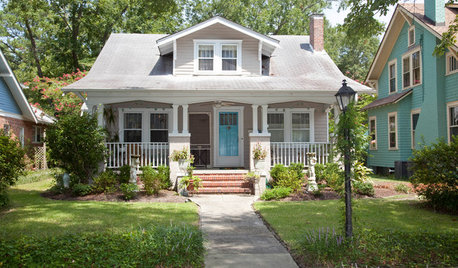
ARCHITECTURERoots of Style: Origins and Interpretations of the Bungalow
Bungalows translate effortlessly across continents and cultures to adapt comfortably to many styles and regions
Full Story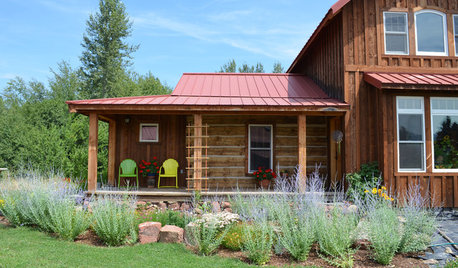
HOUZZ TOURSMy Houzz: An 1874 Cabin Completes a Rustic Oregon Home
It took 10 years and a hand-hewn log cabin to build this labor of love. See the results of one couple's patience and vision
Full Story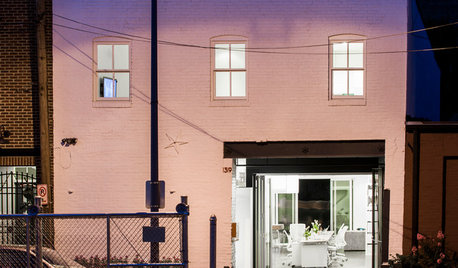
REMODELING GUIDESHouzz Tour: A Former Stable Becomes a Live-Work Showcase
Two floors in a Washington, D.C., building get an extensive rehab to house a family and an architectural practice
Full Story
REMODELING GUIDESOne Guy Found a $175,000 Comic in His Wall. What Has Your Home Hidden?
Have you found a treasure, large or small, when remodeling your house? We want to see it!
Full Story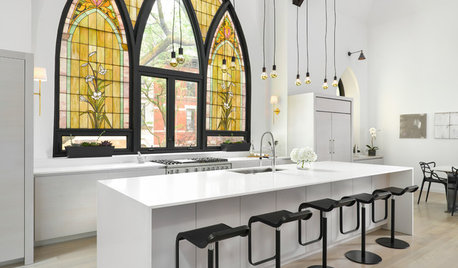
CONTEMPORARY HOMESHouzz Tour: A Stunning Church Conversion in Chicago
A former Methodist church built in 1901 finds new life as an awe-inspiring family home
Full Story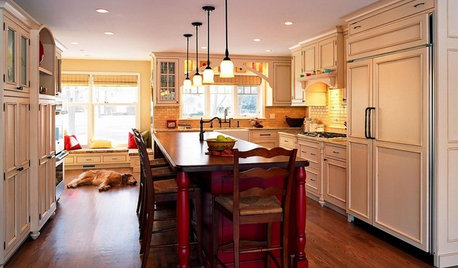
REMODELING GUIDESHouse Planning: When You Want to Open Up a Space
With a pro's help, you may be able remove a load-bearing wall to turn two small rooms into one bigger one
Full Story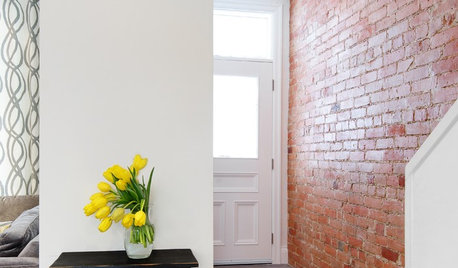
BRICKHow to Make an Interior Brick Wall Work
Learn how to preserve, paint, clean and style a brick wall to fit your design scheme
Full StoryMore Discussions












vjrnts
lazy_gardens
Related Professionals
Brownsville Kitchen & Bathroom Designers · Oneida Kitchen & Bathroom Designers · Ossining Kitchen & Bathroom Designers · Reedley Kitchen & Bathroom Designers · Adelphi Kitchen & Bathroom Remodelers · Calverton Kitchen & Bathroom Remodelers · Durham Kitchen & Bathroom Remodelers · Folsom Kitchen & Bathroom Remodelers · Idaho Falls Kitchen & Bathroom Remodelers · Phillipsburg Kitchen & Bathroom Remodelers · Cave Spring Kitchen & Bathroom Remodelers · Dania Beach Architects & Building Designers · Four Corners Architects & Building Designers · Keansburg Architects & Building Designers · Morganton Architects & Building DesignersBilll
Debbie Downer
Debbie Downer
lazy_gardens
Billl
Fori
dirt_cred
brickeyee
Billl